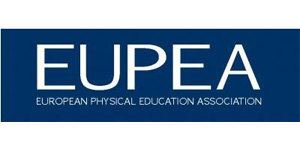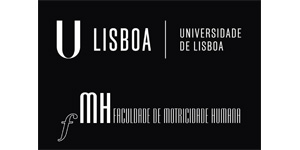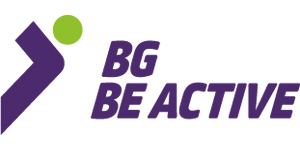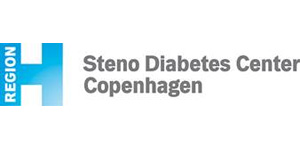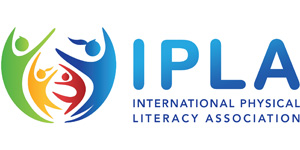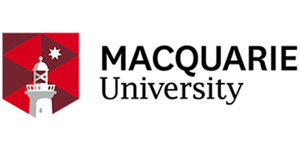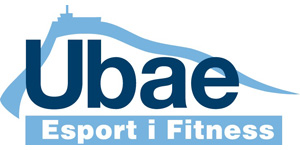Wrapping up the project: 2 years of ‘Physical Literacy for Life’
23/10/2021Maria Malyshkina, ISCA
Physical literacy is the golden thread that radiates through play, physical education, physical recreation, fitness, sport, and active lives. The concept of physical literacy recognises that humans learn for different reasons, whether for survival, social connection, or self-actualisation. Individuals learn to move but also move to learn. This emerging concept was at the centre of the project Physical Literacy for Life, which is now coming to an end as we are recollecting the outcomes of the project.
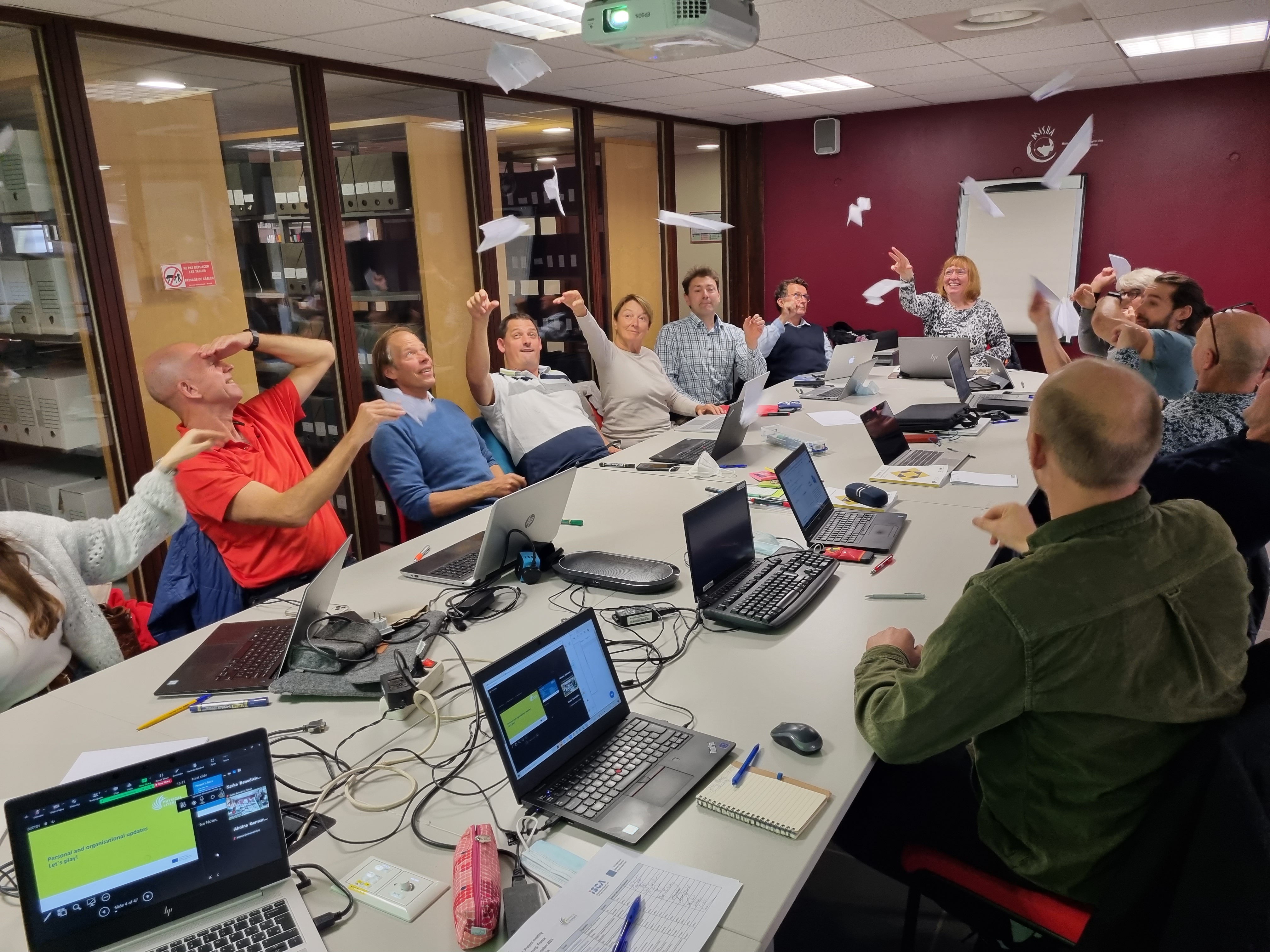
The European Commission is dedicated to developing and promoting physical activity, sport and healthy lifestyles across the continent. In recent years, the concept of physical literacy has increasingly been noted to have influenced practice and policy in education, sport, recreation, health and environmental planning. Promoting physical literacy as a key competence, however, appears to be a challenge for many stakeholders (i.e. schools, clubs, policy makers and citizens), and an advocacy guide is necessary to convince more stakeholders of its value.
The ‘Physical Literacy for Life’ (PL4L) Erasmus+ project (2020 -2021) highlights the importance of everyone engaging in physical activity for life and acknowledges physical literacy, like other literacies, to be a key component in European citizens’ lifelong learning journeys through physical education, physical activity and sport, in accordance with UN resolution 56/116.
The PL4L project proposes that the concept of physical literacy should permeate physical education, physical activity, recreation and sport for people of all ages and capabilities. It looks beyond traditional sports cultures, which are focusing on performance and perfection. Instead, it emphasises the joy of movement and the experience of learning how to move in ways that can improve our health and wellbeing.
Project outcomes
During the two-year project period, the International Sport and Culture Association (ISCA) has led a consortium of 11 partners from grassroots sport, education and health, who launched brand new resources for teachers, club staff and the general public. The first output is a new definition of physical literacy and its four domains, position statements from all partners and in-depth interviews on the topic. The definition adopted by PL4L project pays particular attention to the four domains through which physical literacy is acquired and demonstrated (cognitive, emotional, physical and social). Read more: https://physical-literacy.isca.org/update/36/what-is-physical-literacy-infographic
The second resource is a self-assessment tool including questionnaires for citizens, teachers and trainers to reflect on their own physical literacy and how it can apply to their work. Link to the self-assessment tool: https://physical-literacy.isca.org/tools/
The third is an advocacy toolkit, featuring two motion graphic videos and a guide on:
How to start working with the concept https://physical-literacy.isca.org/update/41/what-is-physical-literacy-video and
How to create environments to teach and acquire physical literacy https://www.youtube.com/watch?v=cTnvHxhcAwY
The project consortium has also developed a training tool to help PE teachers, trainers and coaches understand the concept and reflect on their practice in relation to providing environments, within their communities, that promote physical literacy. Link to the training tool https://physical-literacy.isca.org/training-tool/
Coming soon: more news about the dissemination of the PL4L resources. Stay tuned and subscribe to the ISCA newsletter for updates.




